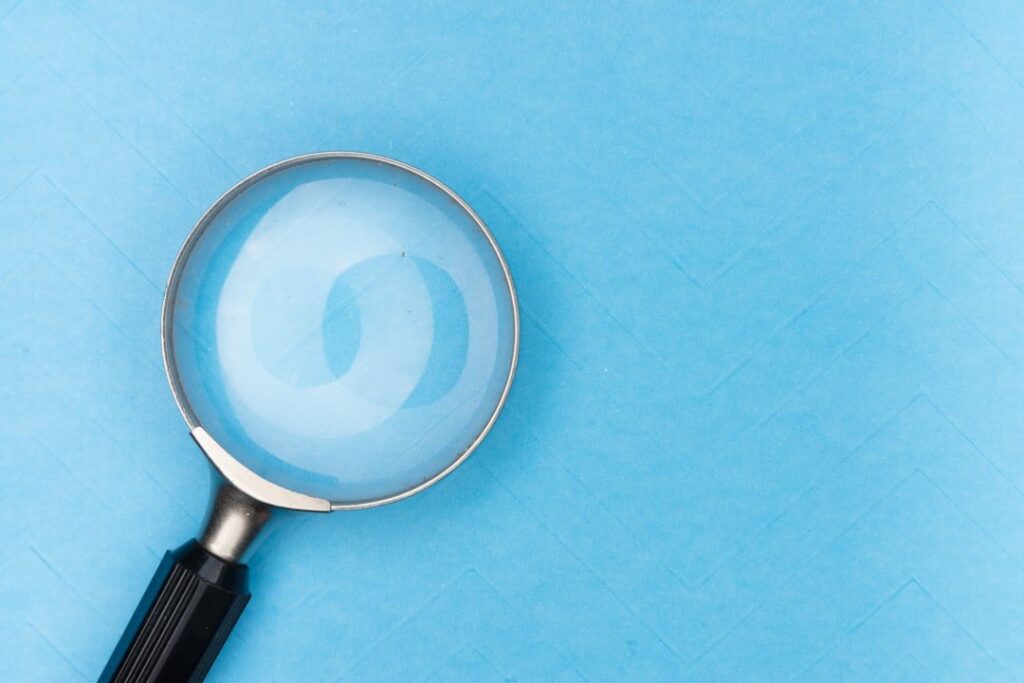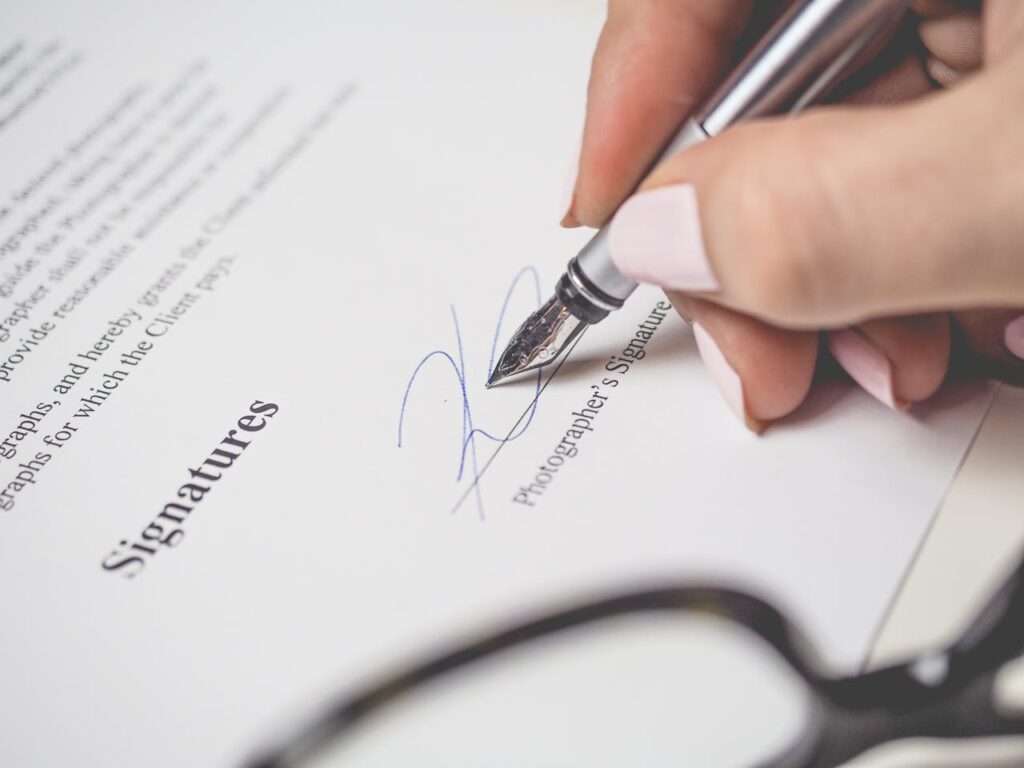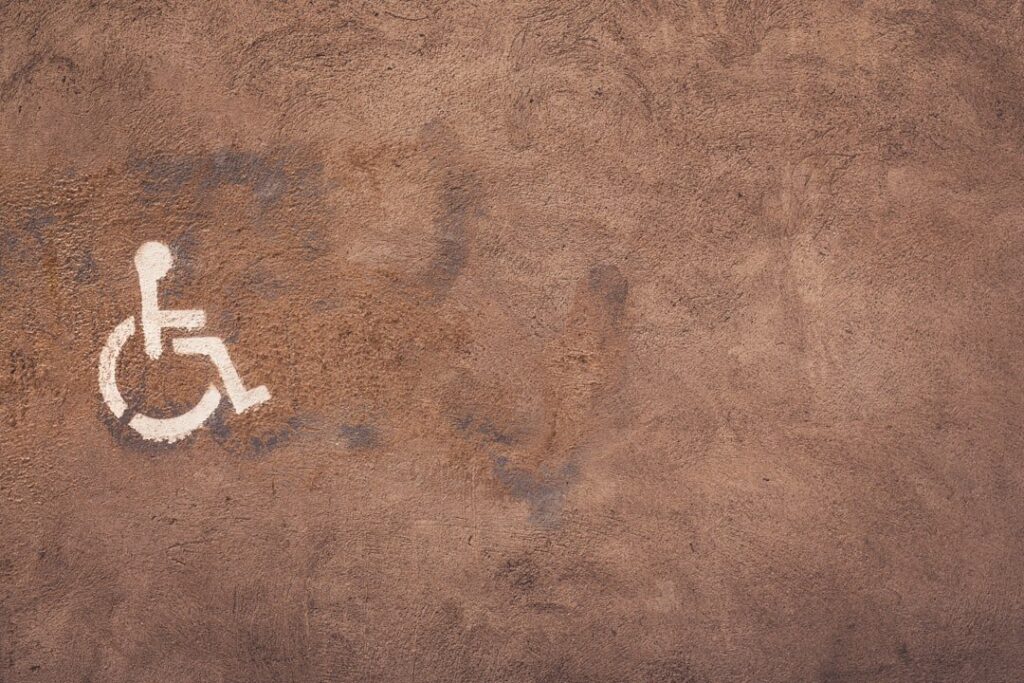Learn the Difference with Northants SEND Family Guidance
If your child gets Disability Living Allowance (DLA), you might wonder what happens as they grow up. You may also ask if they need to switch to Personal Independence Payment (PIP).
Both benefits help people with additional needs, but there are key differences between them. Understanding how PIP vs DLA works can make the transition smoother and prevent any gaps in financial support.
At SEND Family Guidance, we support families through every stage of the DLA to PIP process, helping you understand which benefit applies and how to complete each application correctly.
Understanding the Difference Between PIP and DLA
DLA and PIP are both disability benefits managed by the Department for Work and Pensions (DWP). They exist to help with the extra costs of living with a long-term health condition or disability.
The difference between PIP and DLA is mainly about age and assessment style.
• DLA is for children under 16 who need extra care or mobility support.
• PIP is for people aged 16 and over who need help with daily living or getting around.
While DLA is based on your written form and supporting evidence, PIP uses a points-based system that may involve an assessment meeting. The two benefits have the same goal — supporting those with extra care or mobility needs — but they’re assessed differently.
When Does DLA Change to PIP?
If your child receives DLA, they won’t stay on it indefinitely. Usually, when your child turns 16, the DWP will contact you with a letter inviting them to apply for Personal Independence Payment (PIP).
This transition ensures continued support into adulthood. It’s important to complete the new application promptly because if you don’t apply for PIP, your DLA payments will eventually stop.
The DWP letter explains the timeline and next steps. Respond quickly and start gathering evidence so the process runs smoothly. SEND Family Guidance can help you prepare your child’s new application and check that everything is worded clearly.

PIP for Children – When It Applies
Although PIP for children is uncommon, there are rare cases where a young person under 16 moves to PIP early because of specific circumstances or administrative changes.
In most situations, though, DLA remains the correct benefit until a child reaches their 16th birthday. Once they transition, PIP replaces DLA, but the purpose remains the same — to support people who need extra help due to a physical or mental health condition.
If you’re unsure which benefit your child should claim, SEND Family Guidance can review your situation and explain which process applies.
How PIP Works Compared to DLA
When comparing PIP vs DLA, it helps to understand that DLA focuses on care and mobility needs, while PIP assesses independence.
DLA applications rely on written forms describing your child’s needs. PIP assessments score how much assistance a person requires with tasks such as dressing, eating, communication, and movement.
If your child has complex needs, it’s a good idea to gather all the reports, medical letters, and documents you used for DLA. Much of this evidence will still be relevant when you claim PIP. This preparation saves time and helps you provide clear examples during the assessment process.
Disability Benefits Comparison
When looking at a disability benefits comparison, the key differences come down to eligibility and how the benefit is awarded.
DLA supports younger children who need extra help compared to others of the same age. It’s based on written evidence describing their care and mobility needs.
PIP supports older teenagers and adults who struggle with daily living or mobility. The process may include a face-to-face or telephone assessment and is scored using specific criteria.
Both benefits are tax-free, non-means-tested, and can continue as long as the person meets the conditions. Each plays a vital role in helping families manage the extra costs that come with disability.

Preparing for the Transition from DLA to PIP
Here’s what you can do to make the move from DLA to PIP as straightforward as possible:
1. Read your DWP letter carefully. It will explain when your child’s DLA ends and when they can apply for PIP.
2. Gather your documents early. Keep school reports, medical evidence, and previous DLA forms handy.
3. Understand the new form. PIP asks more detailed questions about daily living and mobility.
4. Keep copies of everything. This will help if you need to appeal or check details later.
If you’re worried about filling in the new form, SEND Family Guidance offers practical support and can check your answers before you send them.
How SEND Family Guidance Can Help
The move from DLA to PIP can be confusing, especially when the forms and evidence requirements are different. That’s where we come in.
At SEND Family Guidance, we help families across the UK by:
• Explaining the difference between PIP and DLA in simple terms
• Reviewing forms and supporting documents before submission
• Helping parents gather the right evidence for their application
• Providing step-by-step advice on when DLA changes to PIP
Get in touch today to speak with our friendly SEND specialists. We’ll make sure your application is clear, complete, and represents your child’s needs accurately.
Final Thoughts
Both DLA and PIP are essential forms of support for people with additional needs. Understanding the difference between PIP and DLA is important. It helps you get ready for changes when your child turns 16. This way, your family can keep receiving the financial support you deserve.
With help from SEND Family Guidance, you can manage the transition confidently and understand exactly how to keep your child’s support in place.
















